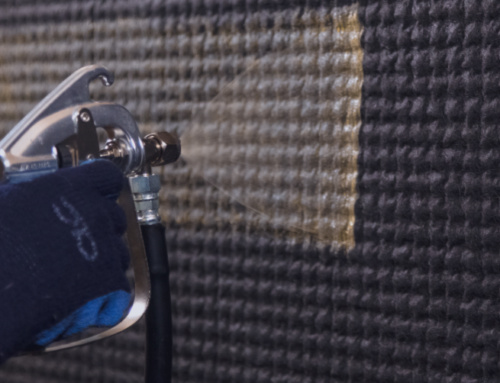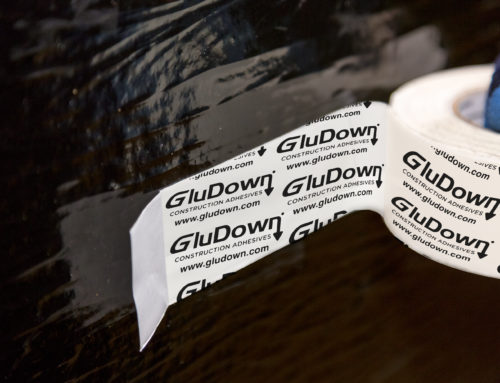We see the acronym “VOCs” in a variety of references. But exactly what are they?
There are several kinds of VOCs. They are very common. And they can be found in a wide range of materials, both human-made and in nature. Everyday examples are scents and odors. In fact, VOCs are involved in communication between plants and between plants and animals.
The Environmental Protection Agency defines a VOC as “any compound of carbon, excluding carbon monoxide, carbon dioxide, carbonic acid, metallic carbides or carbonates, and ammonium carbonate, which participates in atmospheric photochemical reactions.”
Under heat and sunlight, these chemicals can react with oxides of nitrogen and create ground-level ozone, which is a main component of smog. The U.S. EPA and numerous state agencies have issued regulations to reduce VOC emissions and thereby reduce levels of ozone.
A reason that VOCs are problematic has to do with their high vapor pressure at room temperature. Due to this characteristic, large quantities of molecules can evaporate and enter the air.
Examples of VOCs are formaldehyde, decane, butoxyethanol, isopentane, limonene, styrene, xylenes, perchloroethylene, methylene, chloride, toluene and vinyl chloride.
Here are some products that can contain VOCs:
- Furniture
- Carpet
- Bedding
- Upholstery and other textiles
- Copy machine toners
- Office supplies
- Electronic equipment
- Dry-cleaned clothing
- Paint
- Drywall
- Paint strippers
- Solvents
- Cleaning products
- Building materials
- Adhesives/glues
As you can see, VOCs are virtually everywhere. Of course, the last item in that list is the one we’re primarily concerned with.
Both nationally and within certain individual states, rules governing the use of adhesives and sealants are aimed maintaining air quality. These laws are in effect because certain VOCs found in some adhesive and sealant products react with nitrogen oxides in the air and, as mentioned above, form the ozone. The result can be a health threat in the lower atmosphere in the form of respiratory problems.
However, as part of our commitment to the environment, GluDown® Construction Adhesive is available in a low-VOC formula (30%) that is in compliance with the California Air Resources Board standards for use in that state.





